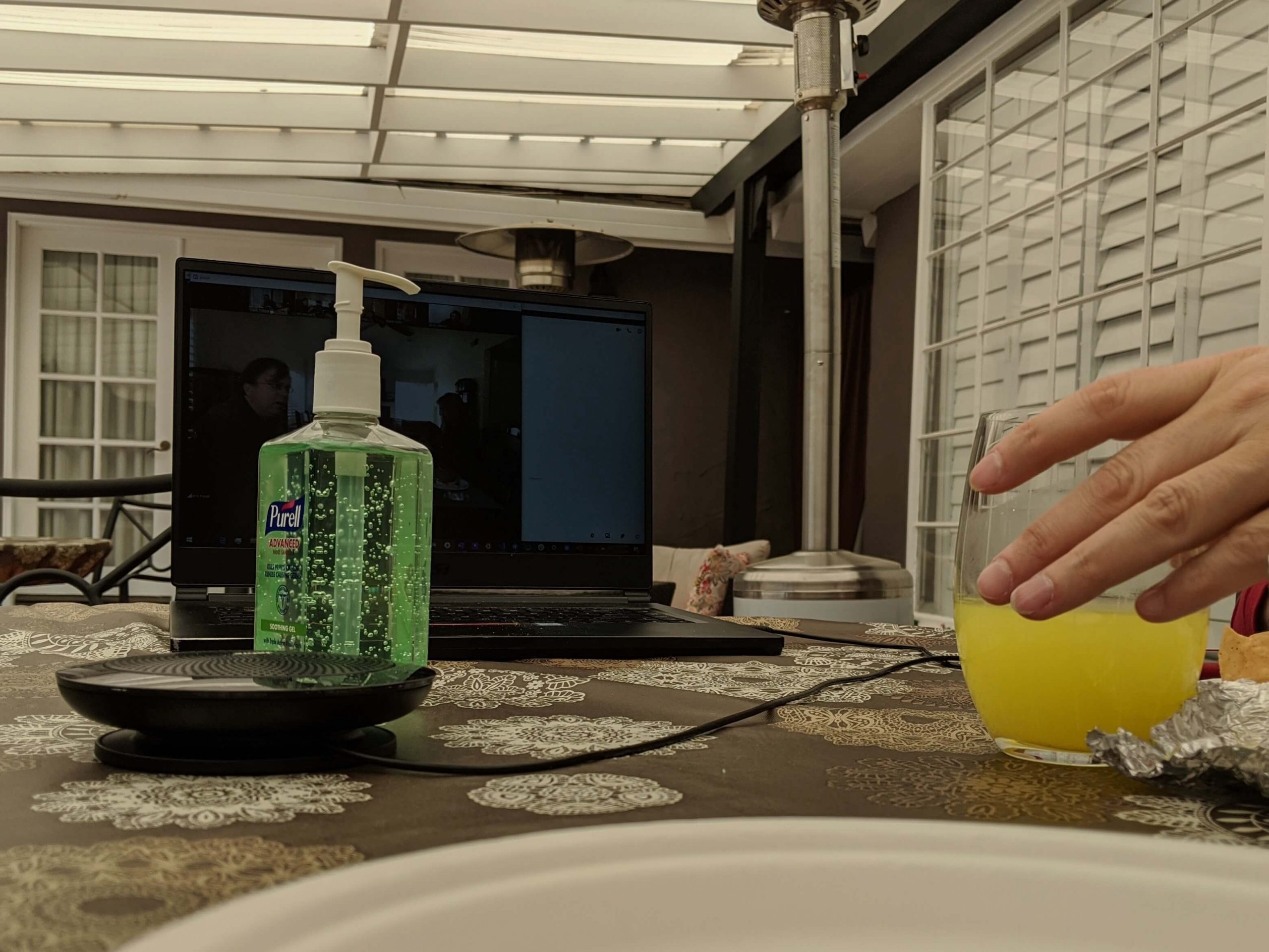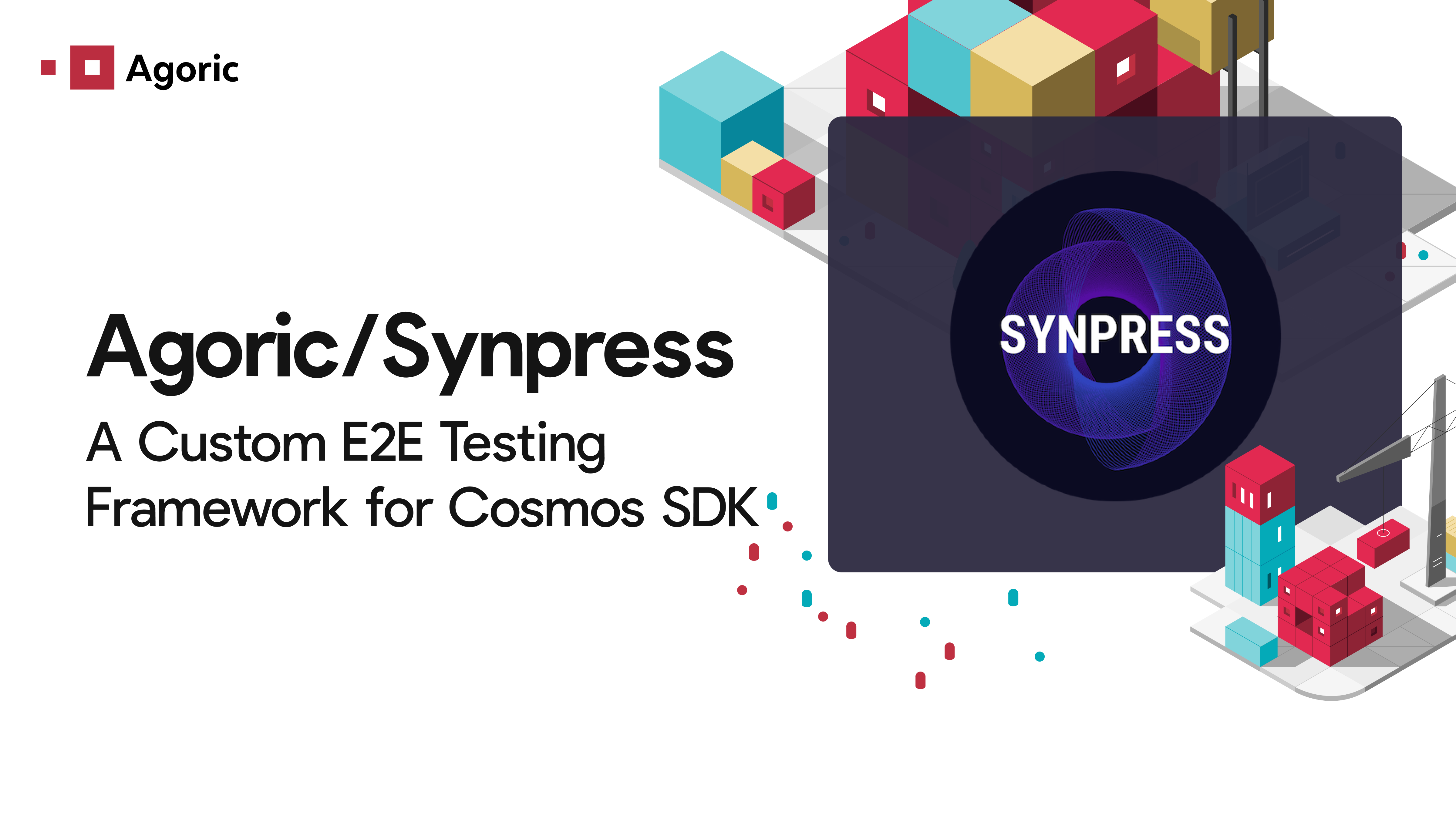We knew we were preparing. We just didn’t realize how quickly preparedness would become reality. This week, from March 9 through the 13th, was going to be a “test run.” We were going to have everyone at Agoric work from home, in order for us all to try out various strategies. By lunch on Monday, we realized this wasn’t a test. We would all be working from home for the foreseeable future. We had wanted to accomplish a remote environment, and test for what key changes needed to be made, in order for us to have an opportunity to be aware of them and test them before entering what you might call “disaster mode.” Mark S. Miller, our co-founder and Chief Scientist, early on got us thinking about how exponentials work, and helped us think about where this could all go.
There was a plan put together by the management team, led by our CEO, Dean Tribble, to transition smoothly to everyone working from home. Last Friday during the all-hands meeting, Dean presented the plan to the whole team to make sure we’d covered the bases, and would continue to collaborate well, implement software, and make our milestones. We all knew we needed to contribute and work proactively to make this work.
Then things got real. As our first week of full-team remote work is underway, these are 11 things we’ve learned to be important:
1. We Prepared Early
The past few weeks, as the news of COVID-19 was escalating, we had begun to discuss precautions we would take at Agoric should the virus hit the United States. We have a small office in the town of Belmont (population roughly 27,000), south of San Francisco in San Mateo County. There’s about eight or so of us here (plus frequent visitors — we’re gregarious), and another half dozen Agoric team members already work remotely around North America, and one in Europe. “Continuity” was the keyword as we planned, what we think of as building on success. What new tools would we need to maintain things we usually do together? What routine tools would be put to the test in our new reality? What would be lost when we were no longer all having lunch together, as we do every weekday, and how can we address that and any other perceived deficits.
2. Seeing People’s Faces Matter
We now find ourselves spending a lot of time on video conferences. We keep video on during calls. No one is thinking, “I can leave the video off, since I already know what everyone’s face looks like.” There are visual cues in each other’s faces, and there is comfort as well. And some of us are known to speak primarily with our hands (I won’t name names). We’re using Zoom currently. Zoom has been great for traditional conferencing, but we’re looking at other tools to do impromptu video gatherings for design conversations, code reviews, whiteboarding, what have you.
3. Hearing Each Other Clearly Is Essential
We highly recommend a full-duplex audio interface for any calling and conferencing. We’ve come to depend on the Jabra 510. (Earbuds like AirPods, as well as some headphones, work, as well.) It’s a small, sturdy Bluetooth speaker you can connect to your laptop. With full duplex, it means you can listen and talk at the same time, which laptops don’t generally manage well. That split second when your computer cuts out on the incoming audio so you can speak, and vice versa, makes the casual back and forth of “interruptions” in conversation frustrating and difficult rather than useful. This is a hardware problem, one that involves echo cancellation, and it significantly improves the communication. The small investment to fix it is worth the cost.
4. Chat Should Be Secure
We use Keybase for chat. Keybase is our “interrupt channel,” how you get someone’s attention like you might once have walked by their desk or waved across the room. Of course, it’s more than that. It’s great for person-to-person and ad-hoc small groups, and also for labeled topics and all-hands communication, kinda like Slack. And like Slack, it allows you to scroll back and see what you missed. What we like most about Keybase is it’s end-to-end encrypted, so it’s designed to preclude eavesdropping. (It’s also tied in with the blockchain community, which is important to us because that’s the world our smart contracts work in.)
5. Lunch Is More Than Nutritional
We like to joke that market economies are fueled by free lunch here at Agoric. More to the point, our daily communal lunches are a key part of our worklife. Over burritos, Chinese delivery, and Peruvian dishes, we talk about math, science fiction, economics, and our plans for the future, among an ever-shifting menu of topics. Perhaps the single biggest negative to working remotely was going to be missing these lunches. So, we all turn on Zoom at lunch and do our best to keep the conversation flowing. (This is optional, of course, but most everyone does.) So far, it’s working.
6. Keep Stocked Up
Since we started thinking about precautions early, we didn’t have difficulty obtaining supplies through Costco and Amazon, and as well as thanks to contributions from team members. After the COVID-19 concerns have lifted, we’re going to think ahead more long term about what we need to have on-hand. This is earthquake country. (We prepped for wipedowns and got air filters with pleasant noise. Of course, we’re working remotely now, but they’re ready for us when we’re back in the office together.)
7. Travel Isn’t Worth It
As early as the TC-39 (JavaScript committee) meetings back in January, we supported employees making their own choices to not travel for work. Employees later returning from Indonesia, Phoenix, and London self-quarantined. Initially we required “only critical travel.” Since then, we’ve called off all employee business travel. In most cases, the conferences they’d be attending have, of course, been cancelled already.
8. The Modern Workplace Is Built for Decentralized Collaboration
The fact is, much of the toolset we depend on is pre-ordained for situations like the one in which we have found ourselves. We have already been transitioning to decentralized tools in order to be more transparent to the outside development community. Agoric is an open-source platform, so getting our discussion in public Keybase groups, on GitHub issues, etc., has been important to us. Thus far our remote work has reinforced the benefits of what we were already using.
9. Check In Often and Briefly
The biggest change we’ve made to how we work — not the tools we use, but how we use them — has been to add a daily 15-minute engineering sync-up for our upcoming alpha software release: What are you working on, and what you need help with? With frequent chat usage, what you did yesterday was already communicated. This is a quick go-around and the modern equivalent of a stand-up-meeting, and it helps a lot.
10. Onboarding in the Cloud Is Unique
We just hired an engineer, and a technical writer as this all was going on, and we’re looking for support in product management and marketing, among other areas. The two new hires already work remotely. We need to think about how to get the foreseen local hires into the culture we’re proud of, a culture that we think is one of the selling points of working at Agoric in the first place.
11. Best Practices Are Called That for a Reason
In a manner of speaking, we were already preparing for a situation like COVID-19 before we started preparing. We were already habituated to keep each other posted on what’s going on in our collective efforts. We’re a small team and we’re a flat organization. Creating this sort of communication and collaboration on the fly would have been a challenge, but we already had it. For now we’ve acknowledged that daily life is different. We just don’t know how much it’s changed yet.
Looking Ahead
At Agoric, our culture is communication and thoughtful discussion, and the team really values working with each other to support that culture. We’re doing our best to maintain that culture now that we’re all working at different addresses. We’ll have to see what happens next, but we know we had the benefit of foresight and preparation, and we’re thankful for that. If anything is working well for your organization that we haven’t listed here, please let us know.
We wish our friends, collaborators, investors, and the broader community their health and safety, and thanks to everyone, inside and out, who contributed input.
Thanks for reading! You can join the Agoric community on Twitter, Telegram, and LinkedIn, and catch us at these upcoming events, and subscribe to our newsletter.



